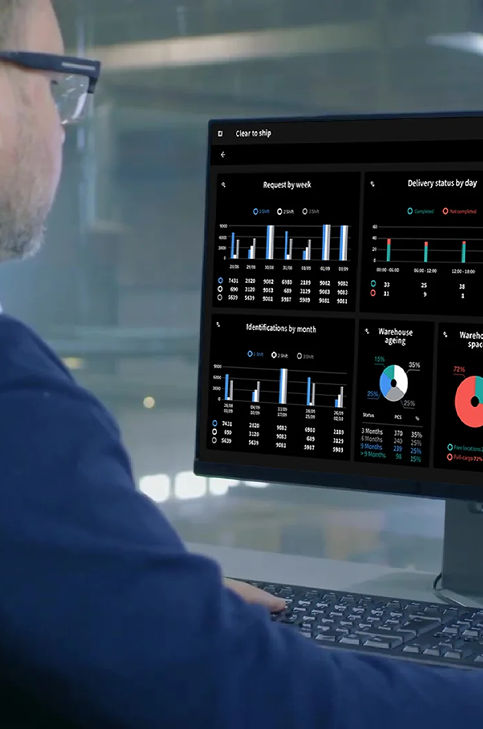Digital Product Design: approach & guidelines
The Culture of Design in Digitalsoft.
_____________
Episode 1

Today in the world of software companies, the design and usability of products and corporate services play a crucial role in both acquiring and retaining loyal customers. Several studies have unequivocally shown that a good user experience (UX) and an intuitive user interface (UI) are essential for the success of a software product, as they wield direct influence over user satisfaction, retention, and adoption rates.
Here are some relevant data points to consider:
- A survey conducted by Adobe revealed that 75% of users consider UX to be a pivotal factor in determining the quality of a software product.
- An IBM study found that implementing user-centered design can reduce development costs and improve development process efficiency.
- A survey of Statista highlighted that 73% of mobile app users a tend to abandon an application if they find the user experience (UX) to be unsatisfactory.
- UserTesting survey revealed that 70% of business executives consider UX a priority for their company.
Digitalsoft approach to product Design
By prioritizing the user experience (UX) and user interface (UI) of their products, software companies have the opportunity to distinguish themselves from competitors, foster customer loyalty, and significantly enhance their market success. At Digitalsoft, we fully acknowledge and embrace the importance of developing our software (d-one) with a modern and user-friendly UX, constantly striving for continuous improvement.
Our Design Team operates with three primary objectives:
- Addressing the operational needs of software users.
- Meeting business requirements to optimize processes.
- Leveraging technological capabilities to effectively bring designs to fruition.
This approach leads to a comprehensive product development process that encourages productive synergy among the various teams involved: Design, Tech Development, and Operations. This collaboration is vital to deliver software that truly adds value and makes a significant impact.
Within this context, our Design Team has developed invaluable Design Guidelines over time. Continuously defining and updating these guidelines ensures that we possess an essential toolkit for promoting and disseminating our corporate visual culture both internally and externally.
Design guidelines objectives:
- Establish a fresh look and feel for the entire platform.
- Unify the user experience across all modules.
- Standardize the functionality of components and pages.
- Implement a common UI library to reduce fragmentation (e.g., Bootstrap, Telerik).
- Create a design tool that is beneficial for all teams.
Key benefits of having clear and defined Design guidelines:
- Ensure a consistent experience across all our products.
- Provide clear instructions for Designers and Developers.
- Reduce the learning curve and onboarding time for new designers and developers.
- Foster a shared design culture among teams.
We strongly believe that our internal focus on Design is crucial to the success of our platform d-one. Our customers greatly appreciate the outcome, which reflects our company culture, processes, and the team’s daily dedication to maintaining a high level of usability and aesthetics.
Quoting our Chief Design Officer, Emiliano Zappacosta:


